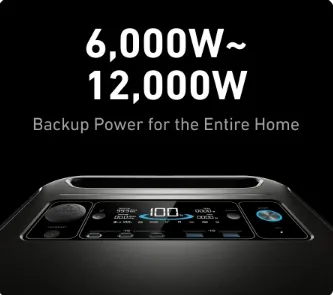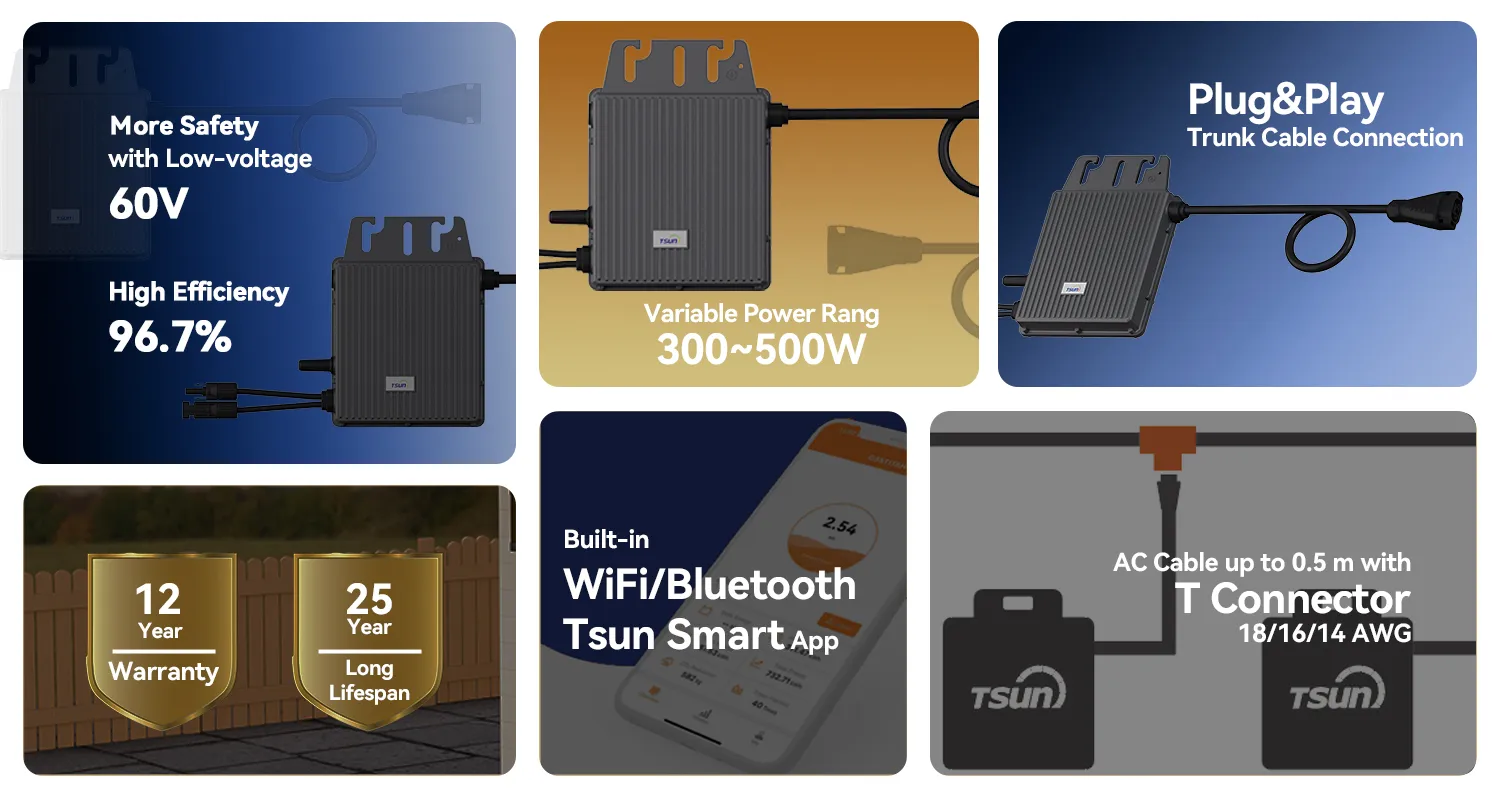Microinverters offer an innovative approach to solar energy generation, providing benefits that can make them a valuable investment for certain users. Unlike traditional string inverters, where solar panels are connected in series and performance is dictated by the least efficient panel, microinverters work individually with each panel. This setup boasts enhanced power generation, especially in situations where panels might experience shading or localized debris. This article will delve into the tangible experiences of using microinverters, leverage expert insights, and provide a comprehensive view of their value proposition.

One of the main advantages of microinverters comes from their design, which optimizes energy output for each panel independently. This leads to improved efficiency, particularly in varied light conditions. For homeowners or facilities with complex roof designs or partial shading, microinverters can significantly increase overall solar energy yield. Empirical data suggests that systems using microinverters can achieve upwards of 5-10% more energy output compared to traditional setups. This increment, while seemingly small, can translate to substantial savings over the lifetime of the solar power system.
From an expertise standpoint, microinverters embody the pinnacle of modern solar technology, providing unparalleled insights into system performance. Each microinverter monitors its panel's output, enabling precise diagnostics and streamlined maintenance. This granularity means potential issues can be identified and addressed swiftly, minimizing downtime and maintaining system efficacy. For users keen on leveraging data to optimize their energy use, the ability of microinverters to provide detailed analytics is a significant draw.

Authoritativeness in solar energy systems often correlates with reliability and warranty assurances. Microinverters generally come with robust warranties, typically ranging from 10 to 25 years, offering reassurance to consumers. This extended warranty period is a testament to their durability and the manufacturer's confidence in their product's longevity. Coupled with lower failure rates due to their decentralized nature, microinverters can reduce long-term maintenance costs when compared to their string inverter counterparts, which can be prone to whole-system disruptions from individual panel issues.
are microinverters worth it
The trustworthiness of microinverters is further reinforced through consumer testimonials and industry validation. Many residential and commercial users report increased satisfaction with microinverter systems, highlighting reduced energy bills and easier maintenance. Additionally, leading brands in the solar industry, including Enphase and SolarEdge, have built reputations around reliable, efficient microinverter technologies, further establishing trust through proven performance in diverse deployments.
Having reviewed these dimensions, the question Are microinverters worth it? hinges on specific user situations. For small to medium installations, especially where shading or partial obstructions are a concern, microinverters can provide significant advantages. Their ability to maximize output from each panel ensures users are getting the most from their solar investment.
However,
microinverters might not be the optimal choice for all scenarios. Larger installations with uniform sunlight exposure might benefit more financially from traditional string systems due to lower initial costs. Additionally, the upfront expense of microinverters is generally higher, which can be a significant consideration for budget-constrained projects.
In conclusion, microinverters represent a key advancement in solar technology, capable of delivering increased energy efficiency, reliable diagnostics, and long-term performance guarantees. For consumers and businesses prioritizing maximum energy output, reduced operational disruptions, and detailed performance monitoring, microinverters are certainly worth the investment. As solar technology continues to evolve, microinverters remain at the forefront, offering solutions tailored for modern energy challenges. The decision to use microinverters should be guided by a thorough assessment of the specific solar site conditions, energy goals, and budget considerations, ensuring that users capitalize on their many advantages.
 LEARN DETAILS
LEARN DETAILS



